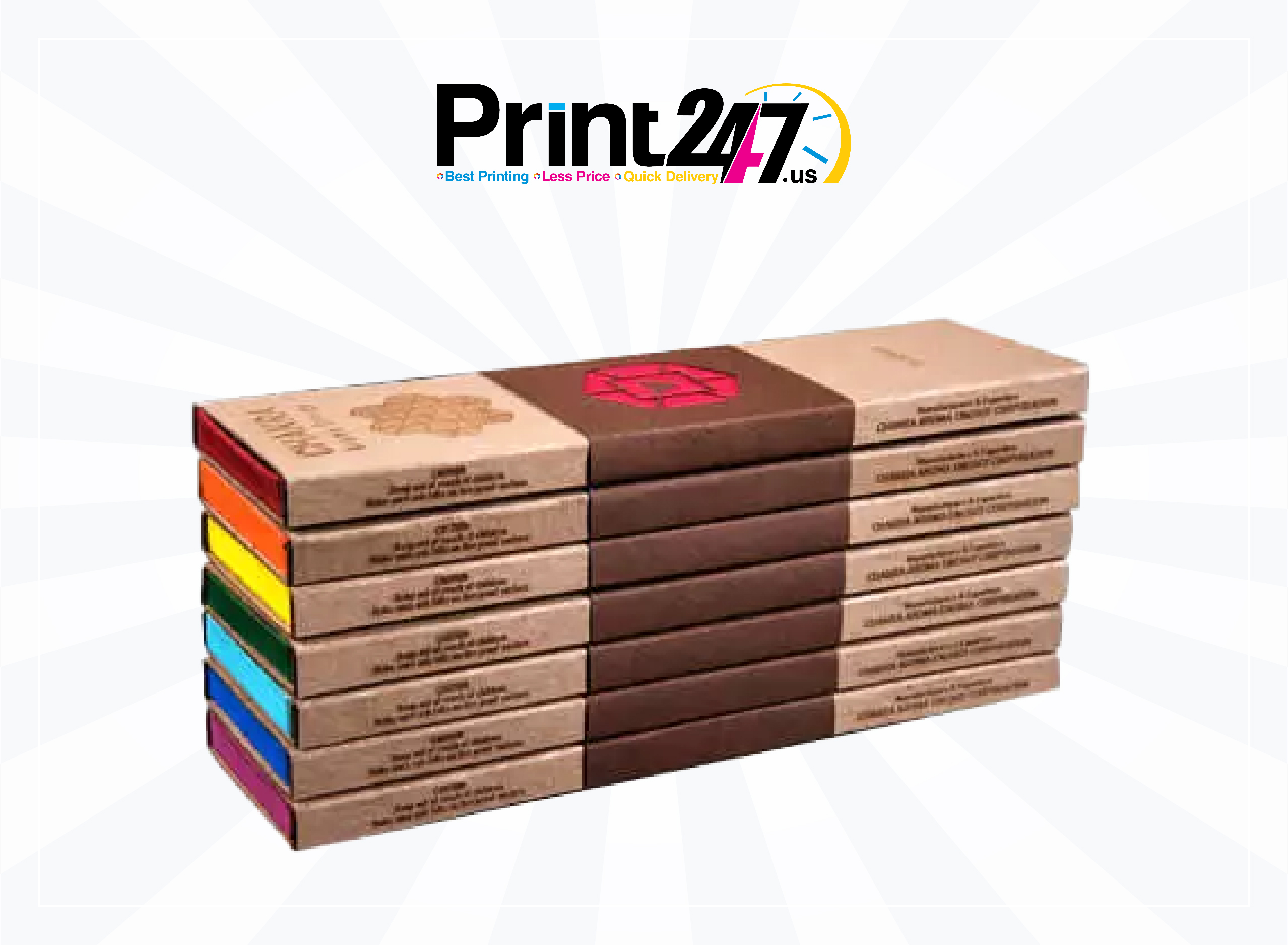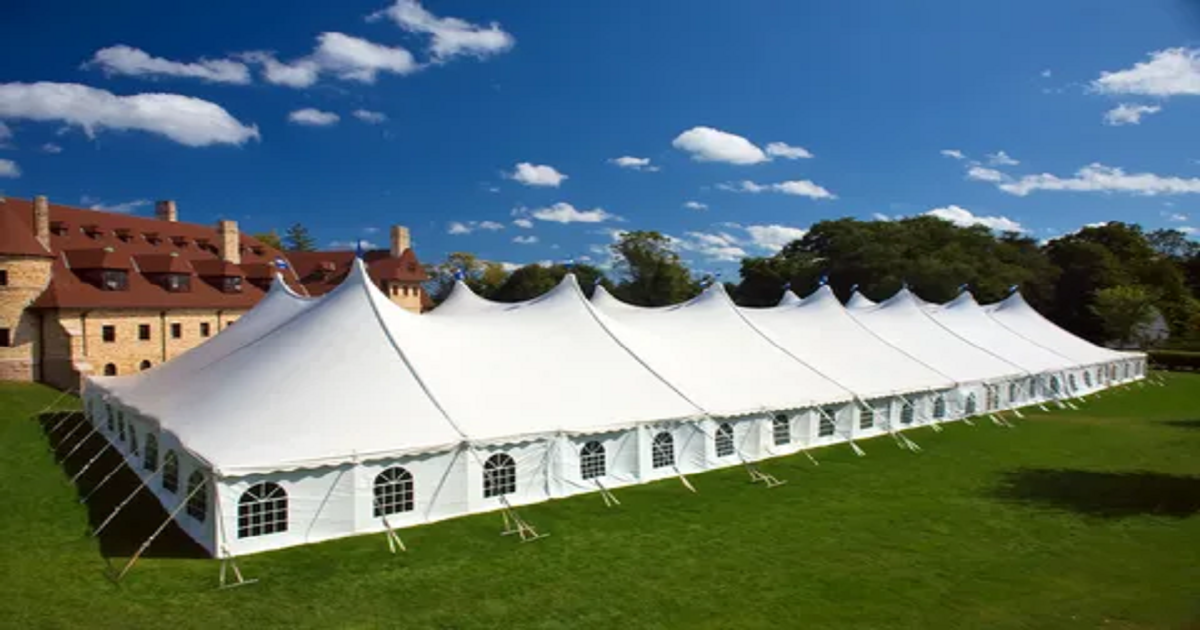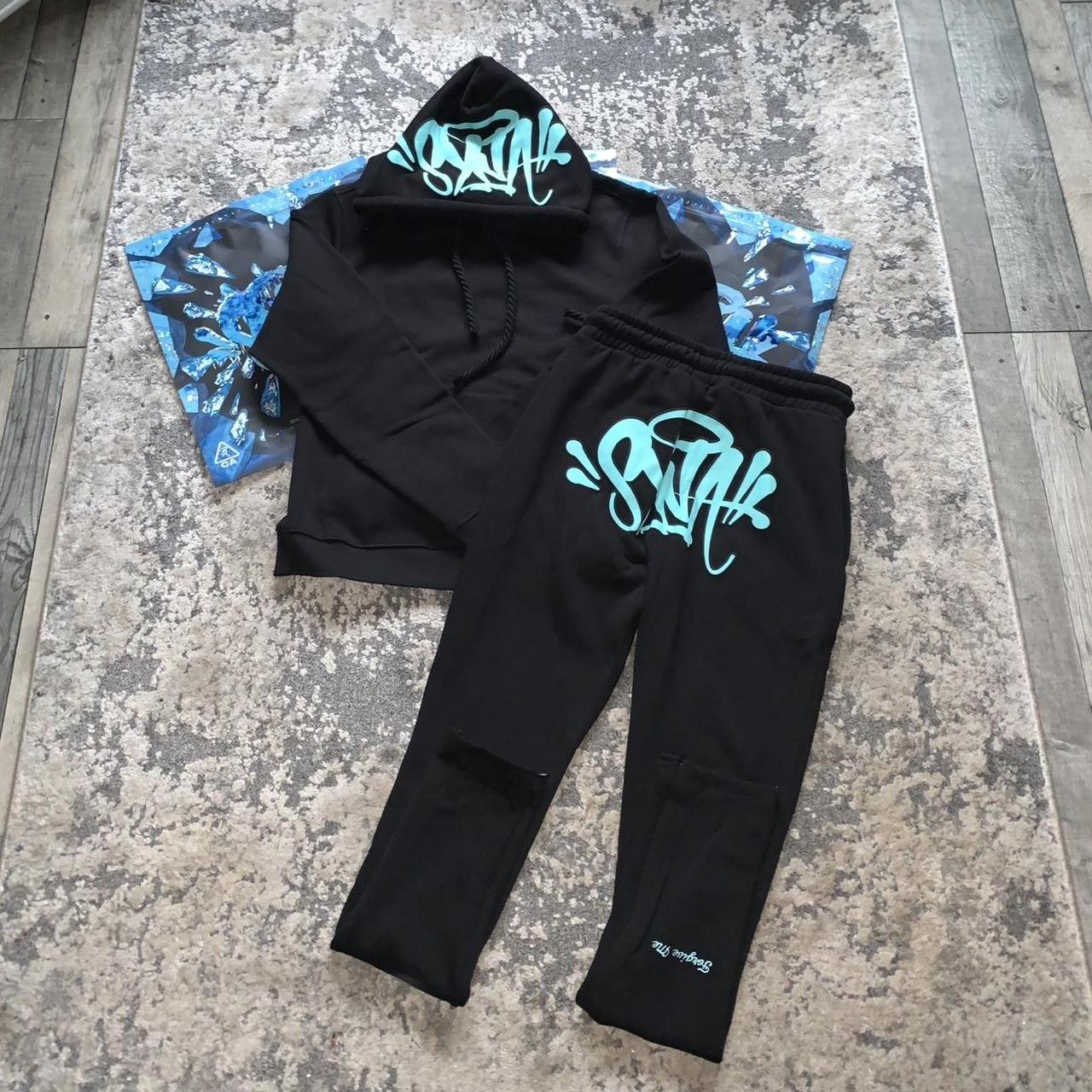Introduction
The cubicle office, a ubiquitous feature of corporate landscapes for decades, has evolved significantly since its inception. Love them or loathe them, cubicles have shaped the way we work, influencing our productivity, creativity, and overall job satisfaction. In this article, we will delve into the history of the cubicle office, examine its current status, and speculate about its future in the ever-changing world of work.
The Birth of the Cubicle
The birth of the cubicle office can be traced back to the mid-20th century. In 1968, Robert Propst, an American designer, introduced the “Action Office” system for the furniture company Herman Miller. Propst’s vision was to create a more adaptable and flexible workspace that would enable workers to be more productive and comfortable.
The original Action Office wasn’t the dreary sea of uniform gray partitions we often associate with cubicles today. Instead, it was a versatile system that allowed for personalization, with various components that could be arranged to suit individual needs. Unfortunately, over time, the system was simplified and commoditized into the more familiar cubicle we recognize today.
The Rise and Fall of the Cubicle
During the 1980s and 1990s, the cubicle office became the standard layout for many corporate environments. The allure of cubicles lay in their cost-efficiency, as they could accommodate more employees in a given space compared to traditional offices. However, while they saved on real estate costs, they also came with a price – a significant impact on employee well-being.
Cubicles became synonymous with the idea of a soulless, cookie-cutter workspace. The lack of privacy, constant noise, and the feeling of being confined in a small space led to decreased job satisfaction and increased stress levels among workers. Dilbert cartoons and movies like “Office Space” immortalized the dismal aspects of cubicle life.
The Cubicle’s Evolution
Recognizing the negative effects of the traditional cubicle setup, many companies began rethinking their office designs in the early 21st century. They aimed to create workspaces that fostered collaboration, creativity, and employee well-being. The result was the emergence of the “open office” concept, characterized by open floor plans, communal spaces, and shared workstations.
While the open office concept had its merits, it also had its drawbacks. Noise and distractions remained prevalent issues, and employees found it difficult to concentrate in these environments. The pendulum swung once again, and companies started experimenting with hybrid solutions, incorporating elements of both the traditional cubicle and open office designs.
These hybrid designs included features like flexible partitions, acoustic panels, and communal spaces alongside individual workstations. The goal was to strike a balance between privacy and collaboration, recognizing that one size does not fit all when it comes to office layouts.
The Post-Pandemic Cubicle
The COVID-19 pandemic drastically changed the way we work and accelerated trends in office design. Remote work became the norm for many, and office spaces were left largely empty. However, as vaccination rates increased and the world adapted to the new normal, discussions around the future of office design heated up once more.
One of the key considerations in the post-pandemic office is health and safety. Cubicles, with their built-in partitions, offer a degree of separation that can help mitigate the spread of illnesses. This newfound appreciation for physical separation has led some to speculate that the cubicle office may experience a resurgence.
Moreover, the pandemic has highlighted the importance of flexibility. Many employees now desire a mix of remote and in-office work, and cubicles could play a role in accommodating this desire. Companies are exploring ways to create flexible, modular workspaces that allow employees to choose where and how they work, with cubicles serving as one option within this flexible framework.
Aesthetics and Employee Well-being
Today’s office cubicles prioritize aesthetics and employee well-being. Designers have moved away from bland, uniform cubicles and embraced creative, visually appealing designs that can boost employee morale and motivation.
Sustainable Practices
Sustainability is a growing concern in modern office design, and cubicles are no exception. Many companies are opting for eco-friendly materials and energy-efficient features in their cubicle designs. This commitment to sustainability not only reduces the environmental impact but also aligns with the values of socially responsible organizations.
From the use of recycled materials to energy-efficient lighting systems, modern cubicles are designed with sustainability in mind. These practices not only benefit the planet but also resonate with employees who value eco-conscious workplaces.
Integration of Technology
In the digital age, technology integration is crucial in the modern workplace. Modern office cubicles are equipped with state-of-the-art technology to facilitate communication and productivity. Wireless charging stations, high-speed internet connectivity, and video conferencing capabilities are standard features in many cubicle designs.
Additionally, smart office solutions like sensor-based lighting and climate control systems have been integrated into modern cubicles, allowing for energy-efficient and user-friendly work environments. These technological advancements not only enhance the functionality of the workspace but also demonstrate a commitment to sustainability.
Health and Wellness
Employee health and wellness have become central considerations in modern office cubicle design. The layout and furnishings are carefully selected to promote physical activity and mental well-being. Standing desks, ergonomic chairs, and even treadmill workstations are options available to employees, promoting physical activity and reducing the negative effects of sedentary work.
Furthermore, the incorporation of biophilic design elements, such as indoor plants and access to natural light, contributes to reduced stress levels and increased productivity. Well-ventilated spaces and dedicated areas for relaxation or meditation provide employees with the tools they need to recharge and stay focused.
Conclusion
The evolution of modern office cubicles reflects the changing dynamics of the contemporary workplace. From fostering collaboration and creativity to prioritizing employee well-being and sustainability, these cubicles have come a long way from their isolated and monotonous predecessors.
As the workforce continues to evolve, so will office cubicle designs. Embracing flexibility, technology integration, and a commitment to employee health and wellness, modern office cubicles are poised to play a crucial role in shaping the future of work. By striking a balance between open collaboration and private concentration, they create spaces that empower employees to thrive in today’s dynamic and ever-changing business landscape.




